It appears as if dried cod was an important commodity product during the Viking Age already, according to a study published in the journal PNAS.
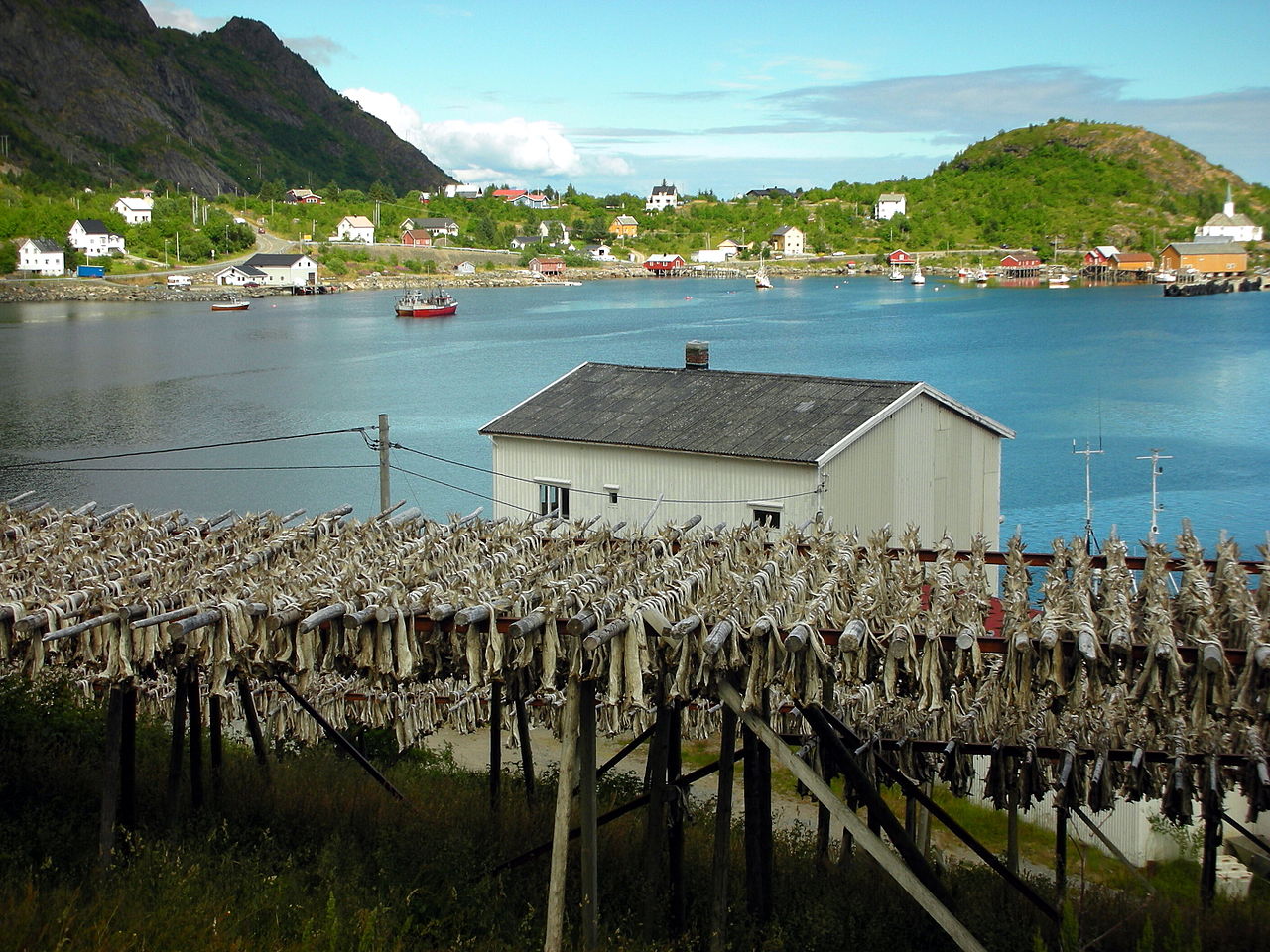
An international research team has for the first time been able to show that commercial fishing and trade between Norway and Germany were probably already established in the Viking age. This is what the researchers conclude after studying fish bones from the 8th century CE.
There is written evidence documenting fish trade between Iceland and northern Norway during the Middle Ages. But this is the first proof that fish trade occurred during the Viking Age already, around 800 to 1000 CE.
Haithabu Germany
Cod was a major food staple at this time and was preserved for long distance trading by drying, known as stockfish. A method of preservation that can only be used in areas where it is very cold and dry, such as Norway or Iceland. The method is cheap and makes the fish last very long, which probably made the dried cod a worthwhile product.
The researchers studied the DNA in fish bones unearthed from muddy sediments in an ancient seabed in northern Germany. At an archeological site called Haithabu, recognized as an important trading port on the Baltic Sea during the Viking era. Haithabu is now a heritage site in modern Germany but was at the time ruled by the King of the Danes.
Fish trade
By extracting and sequencing DNA from the leftover fish bones of ancient cargoes at Haithabu, we have been able to trace the source of their food right the way back to the cod populations that inhabit the Barents Sea, but come to spawn off Norway’s Lofoten coast every winter.
– Archaeologist James Barrett, University of Cambridge, a co-author on the paper.
The DNA from these cod bones contained genetic signatures unique to Arctic fish that swims off the coast of Lofoten in northern Norway, still a center today for Norway’s fishing industry. The fish have thus been transported from Norway or possibly Iceland to Germany.

The researchers say that the Haithabu bones provide the earliest evidence of fish caught in northern Norway being consumed in mainland Europe – which suggests that European fish trade over significant distances has been in operation for a millennium.
Fish DNA
The researchers learned that although ancient mammal DNA seems to be preserved best in extremely dense bones, that doesn’t seem to be the case with fish. Cod have very porous bones, and yet their DNA was extremely well-preserved, allowing the researchers to match small mutations in ancient sequences to modern ones.
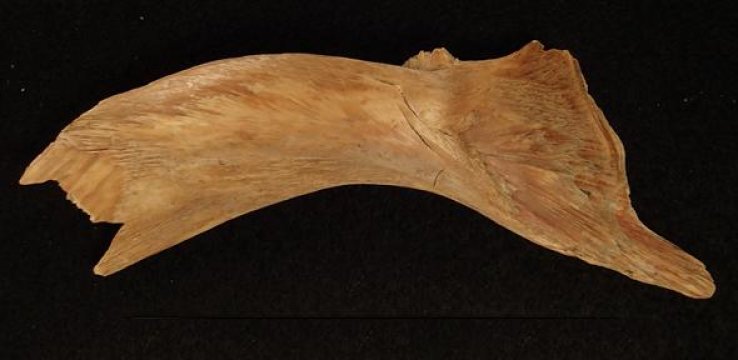
Credit: James Barrett
The researchers believe that the very same method of analysis, studying DNA in fish bones from different times and populations, could become useful in other contexts. For example, it can give us an idea of how different fish species adapted to changes in their habitat.
Reference:
Bastiaan Star et al. Ancient DNA reveals the arctic origin of the viking age cod from Haithabu, Germany, 2017. PNAS. Doi: 10.1073 / pnas.1710186114


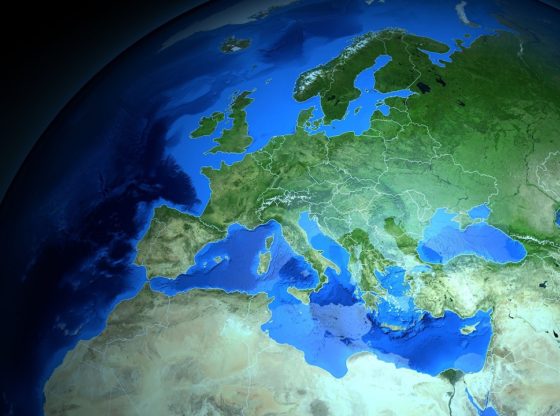
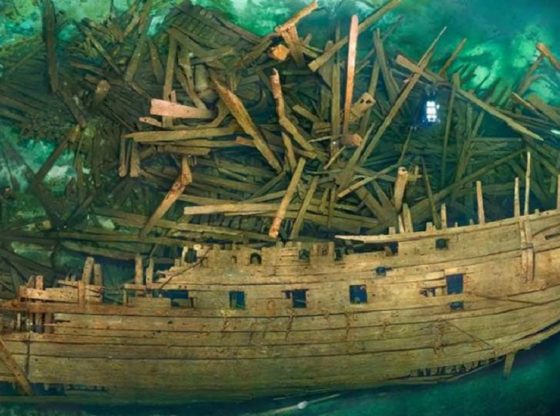

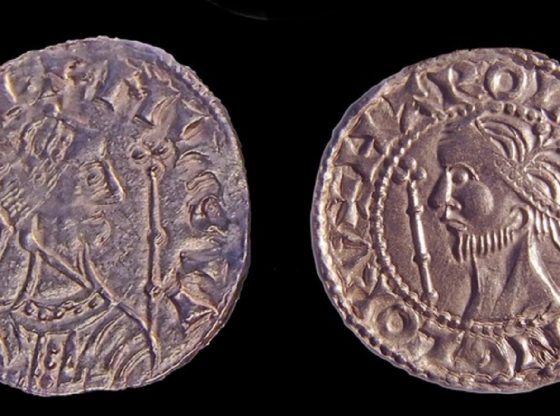

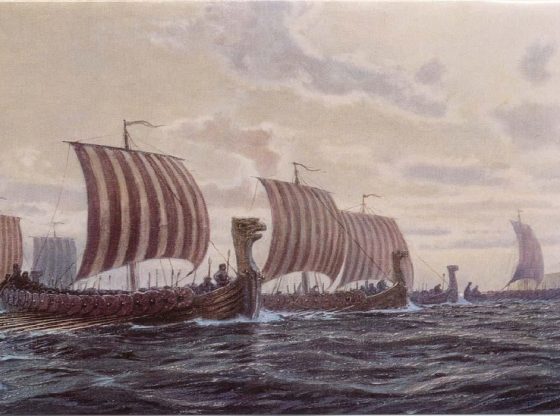
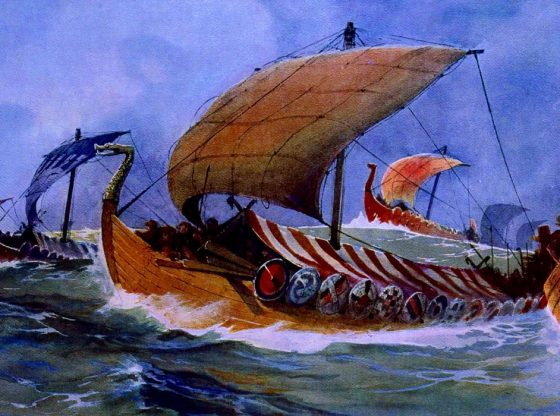
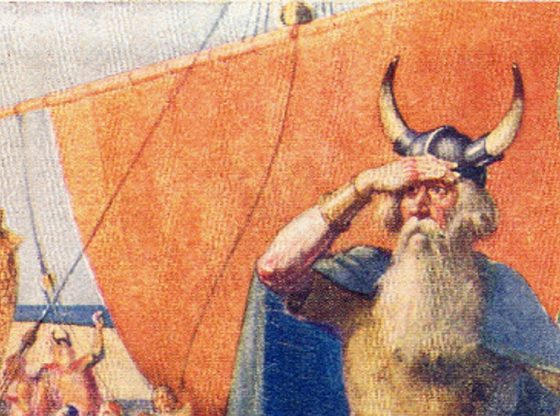

![OpenAI. (2025). ChatGPT [Large language model]. https://chatgpt.com](https://www.illustratedcuriosity.com/files/media/55136/b1b0b614-5b72-486c-901d-ff244549d67a-350x260.webp)
![OpenAI. (2025). ChatGPT [Large language model]. https://chatgpt.com](https://www.illustratedcuriosity.com/files/media/55124/79bc18fa-f616-4951-856f-cc724ad5d497-350x260.webp)
![OpenAI. (2025). ChatGPT [Large language model]. https://chatgpt.com](https://www.illustratedcuriosity.com/files/media/55099/2638a982-b4de-4913-8a1c-1479df352bf3-350x260.webp)








